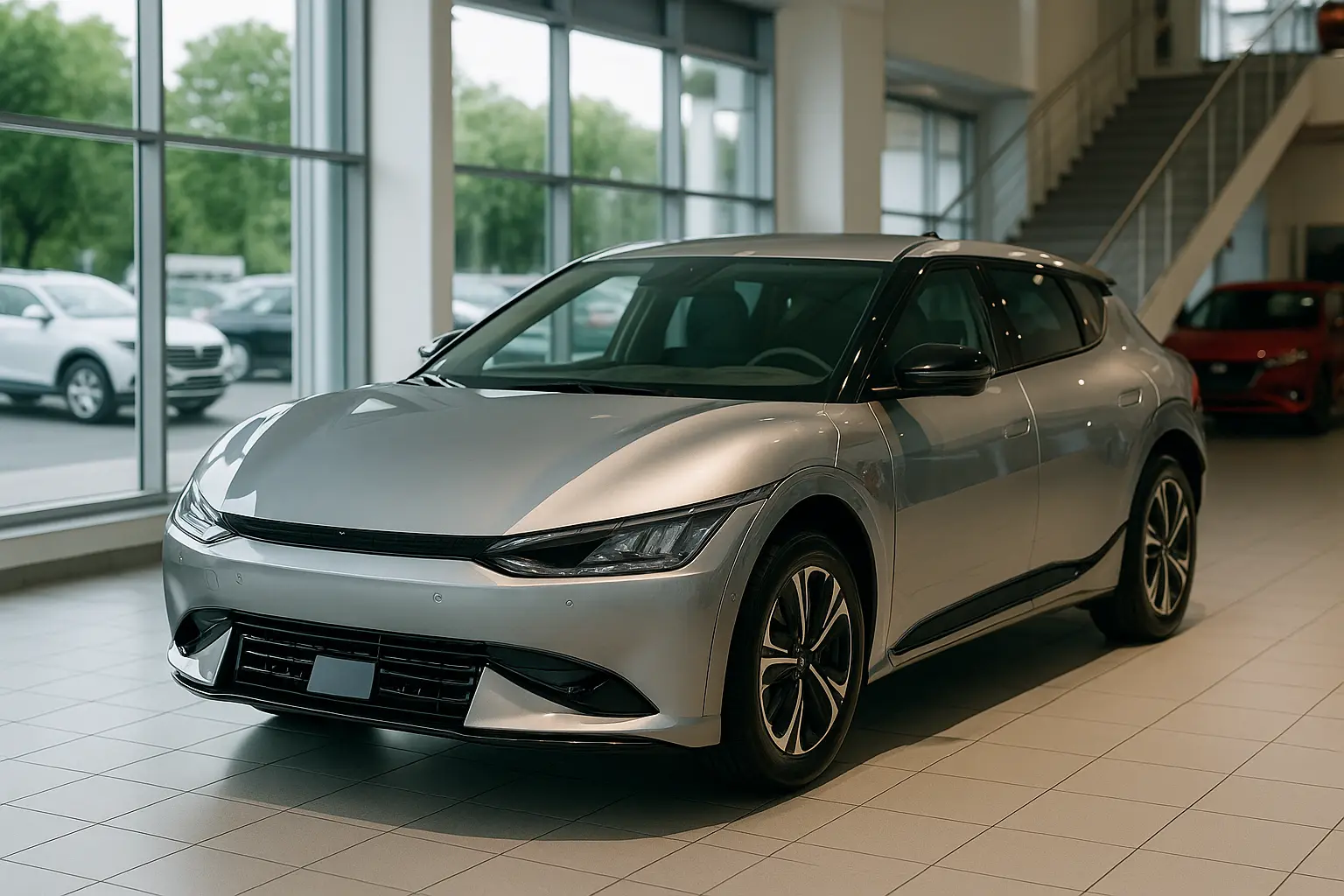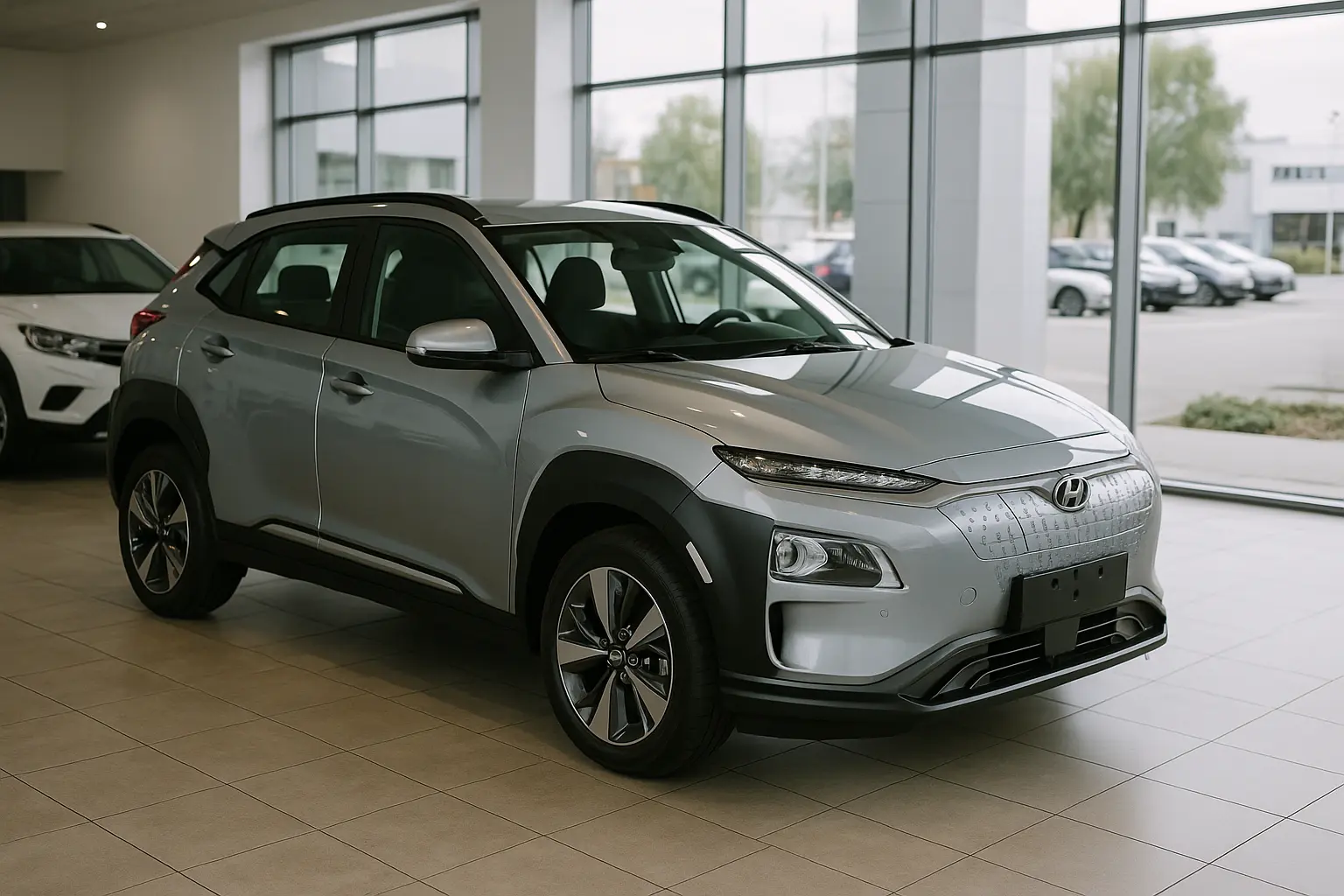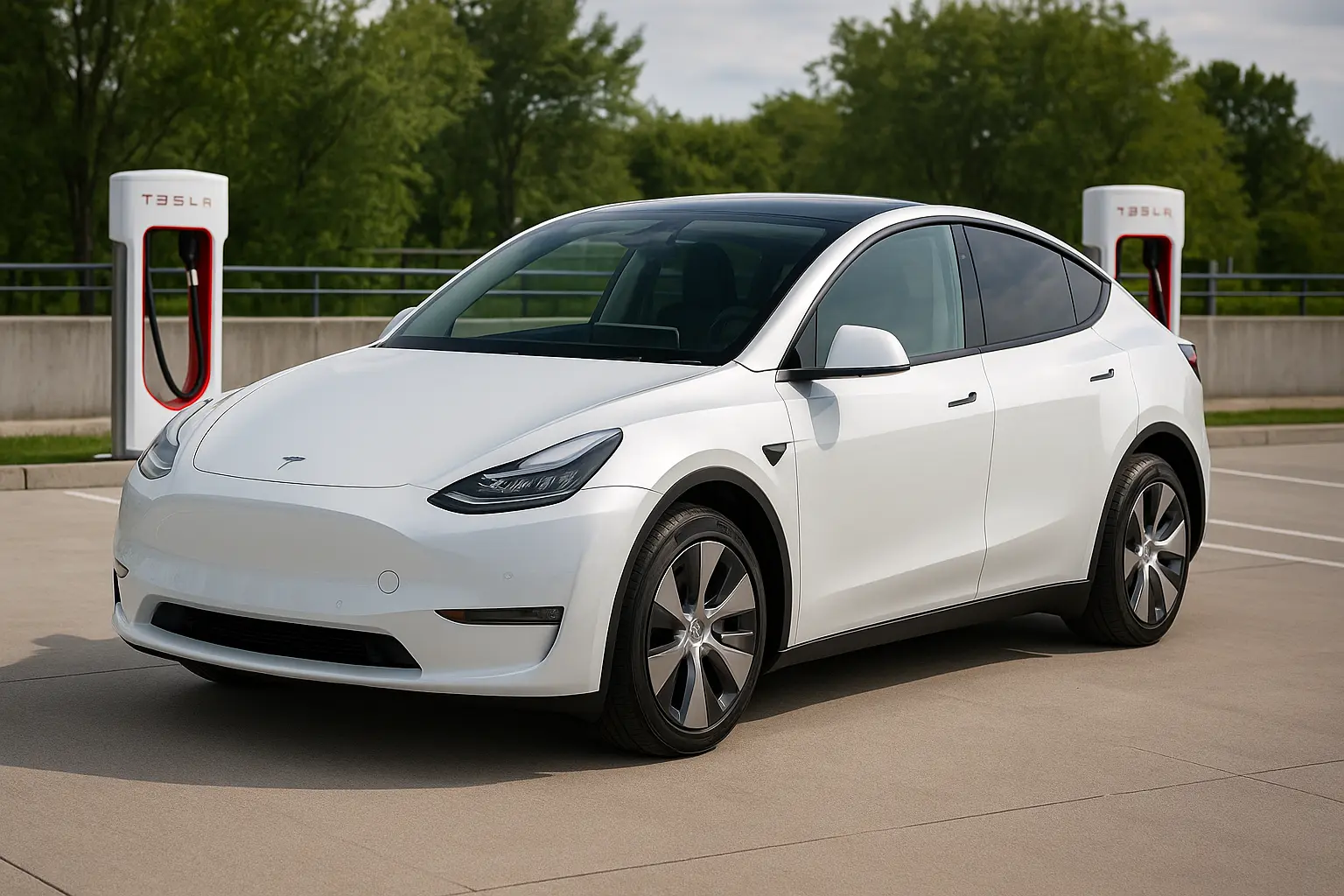Introduction: What Is a Demo Car?

In the ever-evolving Australian automotive landscape, car buyers are constantly seeking smart ways to stretch their budget without sacrificing quality. One increasingly popular option in 2025 is the demo car. These vehicles, also known as “demonstrator models,” bridge the gap between brand-new and used cars.
But what exactly is a demo car?
A demo car is a vehicle that has been registered by a dealership for use in test drives, display purposes, or to be driven by dealership staff. While they’re not “new” in the strictest sense, demo cars typically have very low kilometres on the clock and are often less than a year old.
In this blog, we’ll explore:
- What makes demo cars appealing in 2025
- Key advantages and disadvantages
- Comparison with new and used vehicles
- Common pitfalls and watchouts
- Expert advice for Aussie buyers considering a demo vehicle
1. Why Demo Cars Are a Big Deal in 2025
As vehicle prices continue to rise—driven by global supply issues, inflation, and the demand for tech-loaded models—Australian buyers are looking for smarter alternatives. Demo cars are now more attractive than ever because:
- They're practically new but come at a discount
- Wait times are shorter than for factory orders
- Technology and features are up-to-date
- Warranty perks still apply (partially or in full)
As more Australians become value-conscious post-COVID, dealerships have leaned into demo sales to move inventory faster and hit sales targets.
2. Pros of Buying a Demo Car in 2025
Let’s look at why demo vehicles are worth considering.
✅ Lower Price Than New
You can often save thousands of dollars compared to the price of a brand-new version of the same vehicle. Discounts can range from $2,000 to $10,000 or more depending on the model, trim, and how long it's been on the dealer’s lot.
✅ Low Kilometres
Most demo cars have been driven less than 5,000–10,000 km. You’re getting a lightly-used vehicle that hasn’t seen much road wear and tear.
✅ Immediate Availability
Unlike new vehicles that might take weeks or months to arrive (especially custom orders), demo cars are ready to go. You can drive away almost immediately.
✅ Full Manufacturer Features
Demo cars are usually mid-to-top-spec models loaded with desirable tech like Apple CarPlay, adaptive cruise control, parking sensors, and lane assist—since dealerships want to show off the car's capabilities.
✅ Balance of New Car Warranty
You still get the remaining factory warranty from the date of first registration. In some cases, dealers offer extended warranty as a sweetener.
✅ Minimal Wear
Since dealerships maintain their demo cars to a high standard, these cars are generally in top cosmetic and mechanical condition.
3. Cons of Buying a Demo Car
While the benefits are enticing, demo vehicles aren’t perfect. Here’s what to watch out for:
❌ Reduced Warranty Period
The manufacturer’s warranty starts from the date the demo car was first registered—not when you buy it. This could mean your 5-year warranty only has 4 years remaining.
❌ No Choice in Specs or Colour
Demo cars are already built and driven—you can’t customise the colour, trim, or add factory options like you would on a new order.
❌ Unknown Driver Habits
Though kilometres are low, demo cars may have been driven by many people—some of whom may not have been gentle with the vehicle during test drives.
❌ Registered Vehicle
Since it’s already registered, you’re technically buying a “used” car, which could impact resale value or even insurance costs.
❌ Missed Rebates or Tax Benefits
Some government rebates (such as EV subsidies or novated lease tax perks) might only apply to brand-new vehicles—not demos.
4. New vs Demo vs Used – Side-by-Side in 2025
| Criteria | New Car | Demo Car | Used Car |
|---|---|---|---|
| Price | $$$ | $$ | $ |
| Warranty | Full term | Reduced (based on rego date) | May have none/limited |
| Condition | Perfect | Near-new | Varies |
| Availability | May require waiting | Ready to go | Readily available |
| Choice of Spec | Customisable | Limited to available stock | Based on market |
| Previous Owner(s) | None | Dealership + test drives | One or more |
| Kilometres Driven | 0 | 1,000–10,000 km | 10,000 km+ |
| Finance Offers | Often available | Sometimes available | Depends on lender |
5. What Types of Demo Cars Are Available in 2025?
🔹 Petrol & Diesel
Traditional ICE vehicles still make up a large chunk of demo stock. Expect popular SUVs like the Mazda CX-5, Toyota RAV4, and Hyundai Tucson.
🔹 Hybrids
Demo hybrids like the Toyota Camry Hybrid or Corolla Cross Hybrid are in high demand due to their fuel efficiency and lower running costs.
🔹 EVs
As electric vehicles become more common in Australia, demo versions of the Tesla Model 3, MG4 EV, Kia EV6, and BYD Seal are showing up in dealerships.
🔹 Utes and 4x4s
Demo Ford Rangers, Toyota HiLuxes, and Isuzu D-MAX models are popular with tradies and adventurers.
6. Key Watchouts Before Buying a Demo Car
🛠️ Always Ask for a Full History Report
Request the registration date, service history, and how the car has been used (display only, test drive, dealer staff car, etc.).
🕵️ Inspect for Minor Damage
Check for scratches, tyre wear, scuffed wheels, or worn interiors—these cars have seen some foot traffic.
📝 Clarify Warranty Start Date
Confirm the remaining duration on the manufacturer’s warranty. Ask if the dealership offers additional coverage.
🚗 Know the Kilometre Cut-Off
Some buyers want demo cars with fewer than 5,000 km for peace of mind. Anything over 10,000 km is closer to “used” territory.
💸 Haggle on Price
Just because it’s discounted doesn’t mean you can’t negotiate further—especially for demo cars that have sat unsold for months.
7. Are Demo Cars a Good Idea for First-Time Buyers?
Yes—if you do your homework.
Demo cars offer strong value for learners, P-platers, or first-time car buyers who want the latest safety tech without blowing their budget.
Benefits include:
- Modern safety features (AEB, blind-spot monitoring)
- Fuel-efficient engines (especially in hybrids or compact cars)
- Peace of mind from limited usage history compared to used cars
Just make sure to:
- Cross-check the warranty
- Read the fine print on on-road costs
- Avoid cars with excessive kilometres (10,000 km+)
8. Dealer Tactics to Watch in 2025
Some dealers may stretch the definition of a demo car. Ask the following:
- Has the car ever been sold and returned?
- How long was it used for test drives?
- What date was it first registered?
- Has it undergone any repairs?
Don’t be afraid to walk away if the dealer isn’t transparent.
9. Best Time to Buy a Demo Car
For maximum savings, aim for:
✅ End of Financial Year (EOFY) – June
Dealers rush to hit targets and clear stock.
✅ End of the Quarter – March, September, December
Salespeople often have quotas—expect sweeteners.
✅ New Model Release Periods
When an updated model launches, dealers reduce prices on current-spec demo units.
10. Final Thoughts: Is a Demo Car Right for You?
A demo car can strike the perfect balance between affordability, technology, and peace of mind—if you approach the deal carefully.
Choose a demo car if:
- You want near-new quality at a better price
- You're happy with what’s available (limited colours/specs)
- You check the rego date and condition
- You’re working within a strict budget
Avoid demo cars if:
- You want to customise the vehicle
- You need the full length of warranty
- You’re unsure how the car was driven
Summary Checklist: Buying a Demo Car in 2025
✅ Verify registration date and warranty
✅ Inspect condition thoroughly
✅ Confirm previous usage details
✅ Ask for discounts and offers
✅ Compare with similar used and new listings
✅ Check finance eligibility
✅ Make sure it’s priced lower than a brand-new equivalent
Leave a comment
Your email address will not be published. Required fields are marked *




















